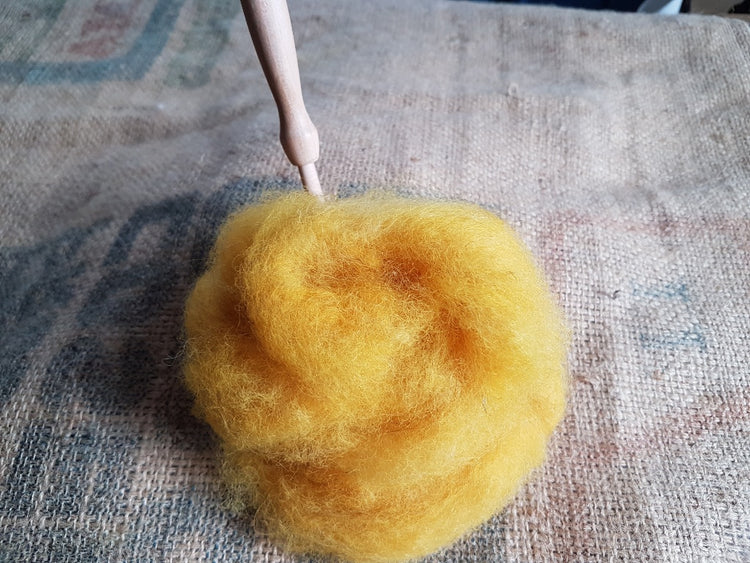-
Mixed Fibre Pack - J
Regular price $25.00 CADRegular priceUnit price per -
Mixed Fibre Pack - I
Regular price $25.00 CADRegular priceUnit price per -
Mixed Fibre Pack - H
Regular price $25.00 CADRegular priceUnit price per -
Mixed Fibre Pack - F
Regular price $25.00 CADRegular priceUnit price per -
Mixed Fibre Pack - E
Regular price $25.00 CADRegular priceUnit price per -
Mixed Fibre Pack - D
Regular price $25.00 CADRegular priceUnit price per -
Mixed Fibre Pack - B
Regular price $25.00 CADRegular priceUnit price per -
Mixed Fibre Pack - A
Regular price $25.00 CADRegular priceUnit price per -
Foam Felting Base
Regular price From $2.00 CADRegular priceUnit price per -
Needle Felting Base
Regular price $10.00 CADRegular priceUnit price per -
Single Needle Tool
Regular price $10.00 CADRegular priceUnit price per -
Felting Needle - Single
Regular price $2.00 CADRegular priceUnit price per -
Wool Mixing Brushes
Regular price $20.00 CADRegular priceUnit price per -
Roving/Core Wool - 100% wool
Regular price From $7.00 CADRegular priceUnit price per -
Henny Penny Wool Painting Kit
Regular price $55.00 CADRegular priceUnit price per
















